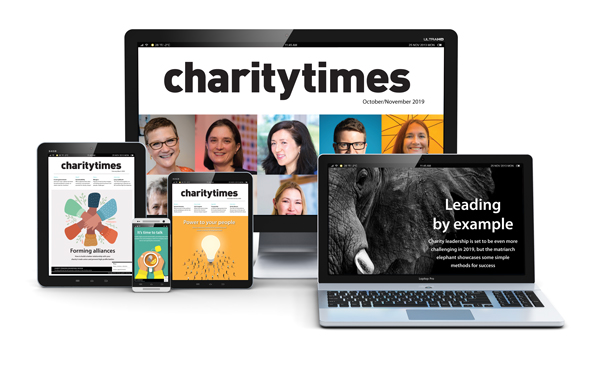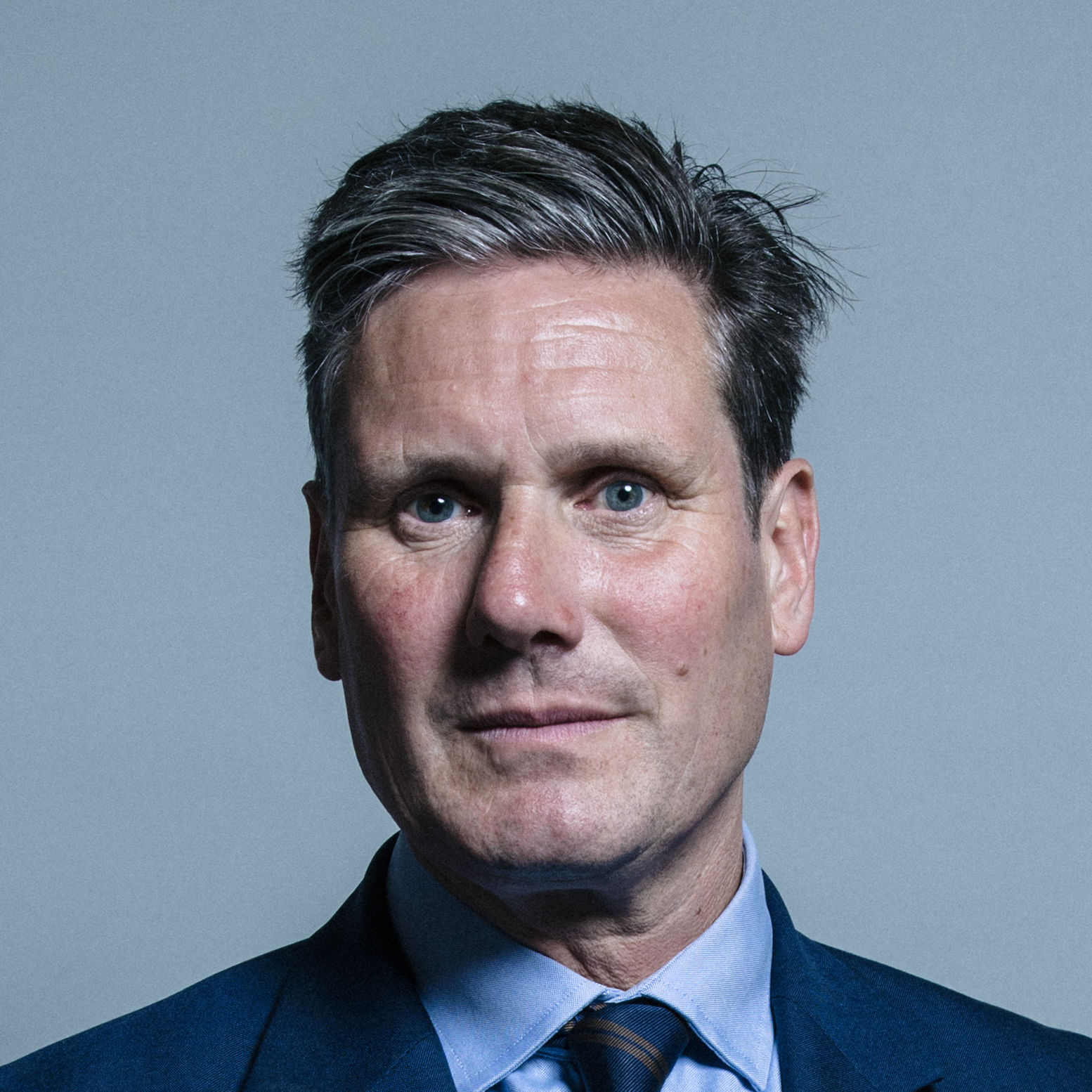Rachel Youngman, CEO of the Institute of Physics explains why diversity and inclusion is essential for charities to work to best effect and meet ESG and support targets.
______________________________________________________________
Diversity of employees, volunteers and board members in a charity is important for success. The moral case has long been articulated, and even more so since the pandemic.
Research by McKinsey and others has shown that diverse organisations outperform those that struggle with diversity, and according to an IPSOS survey in September 2020, 86% of people wanted to see a more equitable and sustainable world after the pandemic. None of this will surprise many charity leaders!
We are fortunate in the UK that the public desire to support charities remains strong despite some organisations coming under close scrutiny by regulators and the media. But we should not be complacent.
Key to our success is how we create an inclusive environment where diversity can thrive with a sense of belonging, trust and challenge. This starts with the leadership and our commitment to co-create the vision and support our teams need to welcome and actively seek out value that comes from being different.
I have been reflecting on this recently in my work at the Institute of Physics - one of the country’s leading membership science charities - for two reasons. First, we have been working on the design of a new inclusion award for physics departments in UK and Irish universities. We have looked across different opportunities and challenges to create an inclusive environment where everyone can belong. In common with many other working environments, it starts with leadership.
Secondly we have started to articulate our environment, social and governance (ESG) framework.
This helps us to bring together work to reduce our carbon emissions through inclusive leadership and ethical decision making.
In common with the moral case for diversity, not only do we think this is the right thing to do, but it also makes sure that we are making the right decisions today that consider our organisation’s sustainability for future generations.
Of course, leadership comes in many different forms and styles. Having an inclusive leadership style sounds really great on paper, speeches - or in articles! But what do those words mean in the day to day job and when you are faced with the pressure of tackling multiple challenges to ensure your organisation delivers and is sustainable. Is it a priority?
Even by using the term inclusion does it all start to sound rather “woke” to use the popular media’s favourite word. I think it's a lot more straightforward.
During my career I’ve met some world leaders, good and not so good. The stand out good one was a meeting with President Mandela.
He spoke so eloquently of the humility of leadership to build confidence in the people you lead. Such a simple way to describe the epitome of inclusive leadership. There was nothing woke about the President’s words, but a simple reminder of our leadership responsibility to be curious about the people around us and their experiences, to listen to those who are different to us and to create a culture where their voice is encouraged to come forward and bring a richness to the leadership decisions we have to make.
Curiosity about people is helped by leaders understanding that no human being fits into one neat box. We are all made up of different elements - socio economic, cultural, ethnicity, disability, location to name just a few. What we often refer to as intersectional or overlapping identities, not all of which are protected, can - if left unchecked - mutually reinforce inequalities.
A good example of intersectional work is at Hibiscus, where I chaired the Board until recently. Hibiscus is a UK charity that supports black and migrant women in the criminal and immigration systems. Here we did a lot of research into the disadvantages of women that were more pronounced for Black and migrant women. What our policy reports called the Double Disadvantage. It was incredibly important that we understood how different women were affected by the same challenges, so we can advocate for systemic change and design services.
This is just as valuable when thinking about our own organisations’ working environment as much as it is with our client groups. It is another way in which we can make sure diversity thrives.
I do believe that charities have a head start by being purpose driven and there are some amazing leaders in our sector. There is much to share and learn amongst each other and with the public and corporate sectors.
Latest News
-
Government ‘slow to tweak’ consumer law to protect charities, MP warns
-
2025: The long-reads
-
City of Culture charity to be supported for further two years
-
Friday funding roundup - 19 December
-
King visits charity founder days before she dies to invest her as a Dame
-
2025: Most-read opinion, diaries, Q&As and more
Charity Times video Q&A: In conversation with Hilda Hayo, CEO of Dementia UK
Charity Times editor, Lauren Weymouth, is joined by Dementia UK CEO, Hilda Hayo to discuss why the charity receives such high workplace satisfaction results, what a positive working culture looks like and the importance of lived experience among staff. The pair talk about challenges facing the charity, the impact felt by the pandemic and how it's striving to overcome obstacles and continue to be a highly impactful organisation for anybody affected by dementia.
Charity Times Awards 2023
Mitigating risk and reducing claims

The cost-of-living crisis is impacting charities in a number of ways, including the risks they take. Endsleigh Insurance’s* senior risk management consultant Scott Crichton joins Charity Times to discuss the ramifications of prioritising certain types of risk over others, the financial implications risk can have if not managed properly, and tips for charities to help manage those risks.
* Coming soon… Howden, the new name for Endsleigh.
* Coming soon… Howden, the new name for Endsleigh.
Better Society

© 2021 Perspective Publishing Privacy & Cookies











Recent Stories